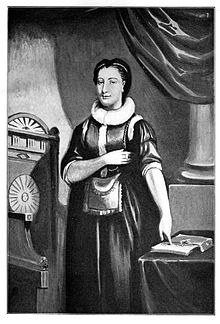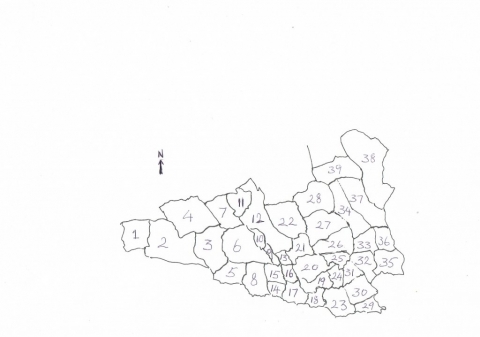ANTIQUITIES
Fulacht Fiadh 137
Possible Fulacht Fiadh 2
Standing Stone 18
Cairn 2
Stone Row 1
Ring – Barrow 1
Urn Burial 1
Linear Earthwork 1
Holy Well 3
Ringfort 8
Possible Ringfort 7
Possible Souterrain 5
Enclosure 3
Circular Enclosure 4
Rectangular Enclosure 2
Burial Ground 5
Castle (site of ) 2
Mass Rock 1
Possible Church 5
Church of Ireland Church 1
Roman Catholic Church 1
Graveyard 1
Country House 1
Historic Town 1
Bridge 4
Limekiln 7
One-storey Vernacular House 2
Total 226
One of the most notable features in the list of antiquities is the amount of Fulachta Fiadh in the Parish. Duhallow has the greatest number of them in the country with over six hundred sites recorded. With over 20% concentrated in one parish, Newmarket/Taur may well be the Fulacht Fiadh capital of Ireland.
It is very likely that the true number of Fulachta Fiadh may be even higher. Some of them are just low shapeless mounds and their usual location in wet rushy places make them quite difficult to detect. Also, anecdotal evidence would suggest that large numbers of them have been ploughed out and levelled during land reclamation in the past.
Another site type that jumps off the page is the Ringfort. Even if we take the liberty of adding in the “ possible” Ringforts we still come up with only 15, a mere 3% of the total for Duhallow. There are c.500 Ringforts recorded in the Barony.
These were the farmsteads of the Early Middle Ages (c.500A.D – 1000A.D.). Self sufficiency was the order of the day and “forts” were usually built on land that was suitable for mixed farming. That is land on which cereal crops could be grown and cattle sheep and pigs could be reared. The scarcity of Ringforts tells us something about the quality of the farmland in the parish. Or at least how it was perceived at that time
The Bridge is another site type which is obviously under represented on the list. Only 4 sites are recorded.. If you run the mind’s eye over any watercourse in the parish you will come up with more than that. There are at least eight bridges over the Mill Stream alone – some of the very modern but bridges nonetheless.
A good project for the local schools would be to record, photograph or draw the bridges in the parish and trace and name the rivers and streams. Many of the holes in the rivers also have names which would be well worth recording.
The first seven site types on the list, from the Fulacht Fiadh to the Urn Burial, probably date to the Bronze Age (2500B.C. -500B.C.). The Linear Earthwork is Iron Age and the Holy Wells probably have their origin in this period also.(500B.C.-500A.D.)
The next five, from the Ringfort to the Circular Enclosure, probably date to the EarlyChristian Period or as it is known nowadays the Early Middle Ages. The second column, from Rectangular Enclosure to One-Storey Vernacular House, probably date from the Later MiddleAges to early modern times. This chronology may not be entirely accurate. Closer inspection of each site would be required and in many cases we will have to “await the testimony of the spade.”
In the future it is hoped to look at each site type individually – to describe them and, perhaps, discuss their date and function and how they fit into the bigger picture in Duhallow . In so doing we may get a glimpse into what life was like in our parish in a long forgotten time.
By Raymond O’Sullivan



